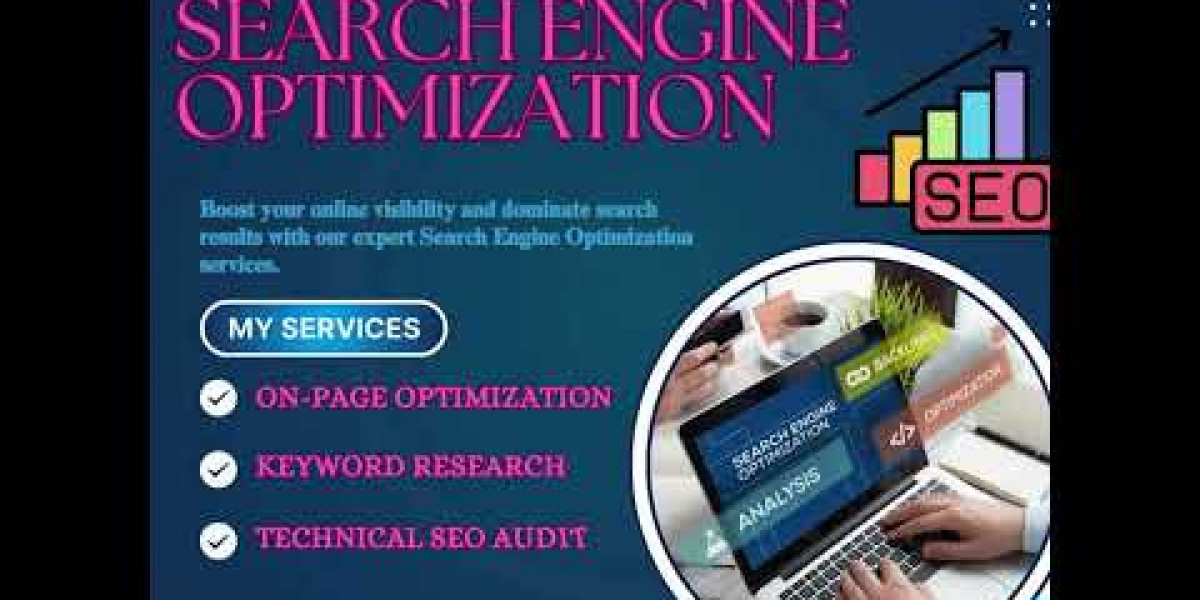ISO 14001 Certification: Paving the Way for Environmental Responsibility
Introduction
In an era of heightened environmental awareness and regulatory scrutiny, organizations across the globe are increasingly seeking ways to demonstrate their commitment to sustainable practices. ISO 14001 certification is one of the most widely recognized standards for environmental management systems (EMS), offering a framework that helps organizations reduce their environmental impact while improving operational efficiency. The ISO 14001 standard is part of the ISO 14000 family, which focuses on various aspects of environmental management. Achieving ISO 14001 certification signifies that an organization has established, implemented, maintained, and continually improved its EMS in accordance with the requirements of the standard. This article delves into the importance of ISO 14001 certification, the steps involved in the certification process, the benefits it offers, and the challenges organizations may encounter along the way.
Understanding ISO 14001 Certification: A Strategic Approach to Environmental Management
ISO 14001 certification is a globally recognized standard that provides a structured approach to managing environmental responsibilities. It is designed to help organizations identify, manage, monitor, and control their environmental issues in a holistic manner. The ISO 14001 standard outlines the requirements for an effective EMS, which can be integrated into the organization's overall management system.
At its core, ISO 14001 certification is about adopting a systematic approach to environmental management. The standard follows the Plan-Do-Check-Act (PDCA) cycle, which encourages organizations to plan their environmental objectives, implement measures to achieve those objectives, monitor progress, and continuously improve their EMS. This cyclical process ensures that environmental management becomes an integral part of the organization's operations, rather than a one-time effort.
One of the key aspects of ISO 14001 certification is its focus on compliance with legal and regulatory requirements. The standard requires organizations to identify and understand the environmental laws and regulations that apply to their operations, and to ensure that they are fully compliant. This not only helps organizations avoid legal penalties but also enhances their reputation as responsible corporate citizens.
Another important element of ISO 14001 certification is the emphasis on risk-based thinking. The standard encourages organizations to proactively identify potential environmental risks and opportunities, and to take appropriate actions to address them. This risk-based approach helps organizations prevent environmental incidents, minimize their environmental footprint, and capitalize on opportunities for sustainable growth.
Achieving ISO 14001 certification involves a rigorous process that includes the development and implementation of an EMS, internal audits, and a certification audit conducted by an accredited certification body. Once certified, organizations must undergo regular surveillance audits to maintain their certification and ensure ongoing compliance with the standard's requirements.
The Process of Achieving ISO 14001 Certification
The journey to ISO 14001 certification is a comprehensive process that requires careful planning, commitment, and collaboration across the organization. The certification process can be broken down into several key steps, including conducting an initial environmental review, developing an EMS, implementing the EMS, and undergoing a certification audit.
Conducting an Initial Environmental Review: The first step in the ISO 14001 certification process is conducting an initial environmental review to assess the organization's current environmental performance. This review involves identifying the organization's significant environmental aspects and impacts, as well as evaluating its existing environmental policies, procedures, and practices. The initial review provides a baseline that helps the organization understand its current environmental footprint and identify areas for improvement.
Developing an Environmental Management System (EMS): Based on the findings of the initial environmental review, the organization must develop an EMS that meets the requirements of the ISO 14001 standard. The EMS should include a clear environmental policy that reflects the organization's commitment to environmental protection, as well as objectives and targets for improving environmental performance. Additionally, the EMS should outline the roles and responsibilities of employees, establish procedures for managing environmental aspects, and define processes for monitoring and measuring environmental performance.
Implementing the EMS: Once the EMS has been developed, the organization must implement it across all relevant areas of its operations. This involves training employees on the EMS requirements, establishing communication channels for environmental information, and integrating environmental management into day-to-day activities. Implementation also requires the organization to maintain detailed records of its environmental performance, conduct internal audits to assess the effectiveness of the EMS, and take corrective actions to address any identified non-conformities.
Undergoing a Certification Audit: The final step in the ISO 14001 certification process is undergoing a certification audit conducted by an accredited certification body. The certification audit consists of two stages: the first stage involves a review of the organization's EMS documentation and an assessment of its readiness for the certification audit, while the second stage involves an on-site audit to verify that the EMS has been effectively implemented. If the organization successfully passes the certification audit, it will be awarded ISO 14001 certification. To maintain the certification, the organization must undergo regular surveillance audits to ensure ongoing compliance with the standard.
The Benefits of ISO 14001 Certification
ISO 14001 certification offers a multitude of benefits to organizations, ranging from improved environmental performance and regulatory compliance to enhanced reputation and competitive advantage. By achieving ISO 14001 certification, organizations can demonstrate their commitment to environmental responsibility, which can positively impact their relationships with stakeholders, including customers, investors, employees, and regulators.
One of the most significant benefits of ISO 14001 certification is the potential for cost savings through improved resource efficiency. The standard encourages organizations to identify opportunities for reducing waste, conserving energy, and minimizing the use of raw materials. By implementing measures to improve resource efficiency, organizations can lower their operating costs, reduce their environmental footprint, and contribute to the conservation of natural resources.
ISO 14001 certification also helps organizations ensure compliance with environmental regulations and avoid potential legal penalties. The standard requires organizations to stay informed about applicable environmental laws and regulations and to take proactive steps to achieve and maintain compliance. This not only reduces the risk of legal actions but also enhances the organization's reputation as a responsible and ethical business.
Another key benefit of ISO 14001 certification is its positive impact on corporate reputation and stakeholder trust. In today’s market, consumers, investors, and other stakeholders are increasingly concerned about environmental issues and are more likely to support organizations that demonstrate a commitment to sustainability. ISO 14001 certification provides a clear signal to stakeholders that an organization is taking its environmental responsibilities seriously, which can lead to increased customer loyalty, improved brand image, and greater access to new markets and business opportunities.
In addition to these external benefits, ISO 14001 certification can also drive internal improvements within an organization. The process of implementing an EMS encourages organizations to adopt a systematic approach to environmental management, which can lead to more efficient and effective operations. By continuously monitoring and improving their environmental performance, organizations can identify and address inefficiencies, reduce operational risks, and enhance their overall competitiveness.
Challenges in Achieving and Maintaining ISO 14001 Certification
While ISO 14001 certification offers numerous benefits, achieving and maintaining the certification can present challenges for organizations. These challenges often stem from the complexity of implementing an EMS, the need for ongoing compliance, and the resources required to sustain the certification process.
One of the primary challenges in achieving ISO 14001 certification is the need for a comprehensive understanding of environmental management principles and practices. Developing an effective EMS requires organizations to conduct a thorough assessment of their environmental aspects and impacts, set realistic objectives and targets, and establish processes for monitoring and measuring environmental performance. This can be particularly challenging for small and medium-sized enterprises (SMEs) that may lack the in-house expertise and resources to develop and implement an EMS. To overcome this challenge, organizations may need to seek external assistance from environmental consultants or certification bodies.
Another challenge in achieving ISO 14001 certification is the need for employee engagement and participation. The success of an EMS depends on the ability of employees to understand and fulfill their roles and responsibilities within the system. This requires a high level of awareness and commitment from employees at all levels of the organization. Training programs must be developed to ensure that employees are equipped with the knowledge and skills needed to carry out their tasks effectively. Ongoing communication and involvement are also essential to ensure that employees remain engaged and motivated to support the organization’s environmental objectives.
Maintaining ISO 14001 certification also presents challenges, particularly in terms of ongoing compliance and continuous improvement. Organizations must undergo regular surveillance audits to maintain their certification, which requires them to consistently adhere to the EMS requirements and demonstrate ongoing compliance with the standard. This can be challenging in dynamic environments where new environmental risks may emerge, or operational changes may require adjustments to the EMS. Organizations must be proactive in monitoring their environmental performance, conducting regular reviews and updates, and addressing any non-conformities identified during audits.
Finally, the cost of achieving and maintaining ISO 14001 certification can be a significant challenge for some organizations. The certification process involves expenses related to conducting environmental assessments, developing and implementing an EMS, employee training, and certification audits. Additionally, organizations must invest in the necessary infrastructure, equipment, and technology to support their EMS. While the benefits of ISO 14001 certification often outweigh the costs, organizations must carefully assess their resources and budget to ensure that they can sustain the certification process over the long term.
Conclusion
ISO 14001 certification is a powerful tool for organizations seeking to demonstrate their commitment to environmental responsibility and sustainability. By implementing an effective EMS and achieving certification, organizations can enhance their environmental performance, comply with regulatory requirements, and gain a competitive edge in the market. However, the process of achieving and maintaining ISO 14001 certification is not without its challenges. Organizations must be prepared to invest the necessary time, resources, and expertise to develop and implement an EMS that meets the rigorous standards of ISO 14001.
https://iasiso-africa.com/gh/iso-14001-certification-in-ghana/







